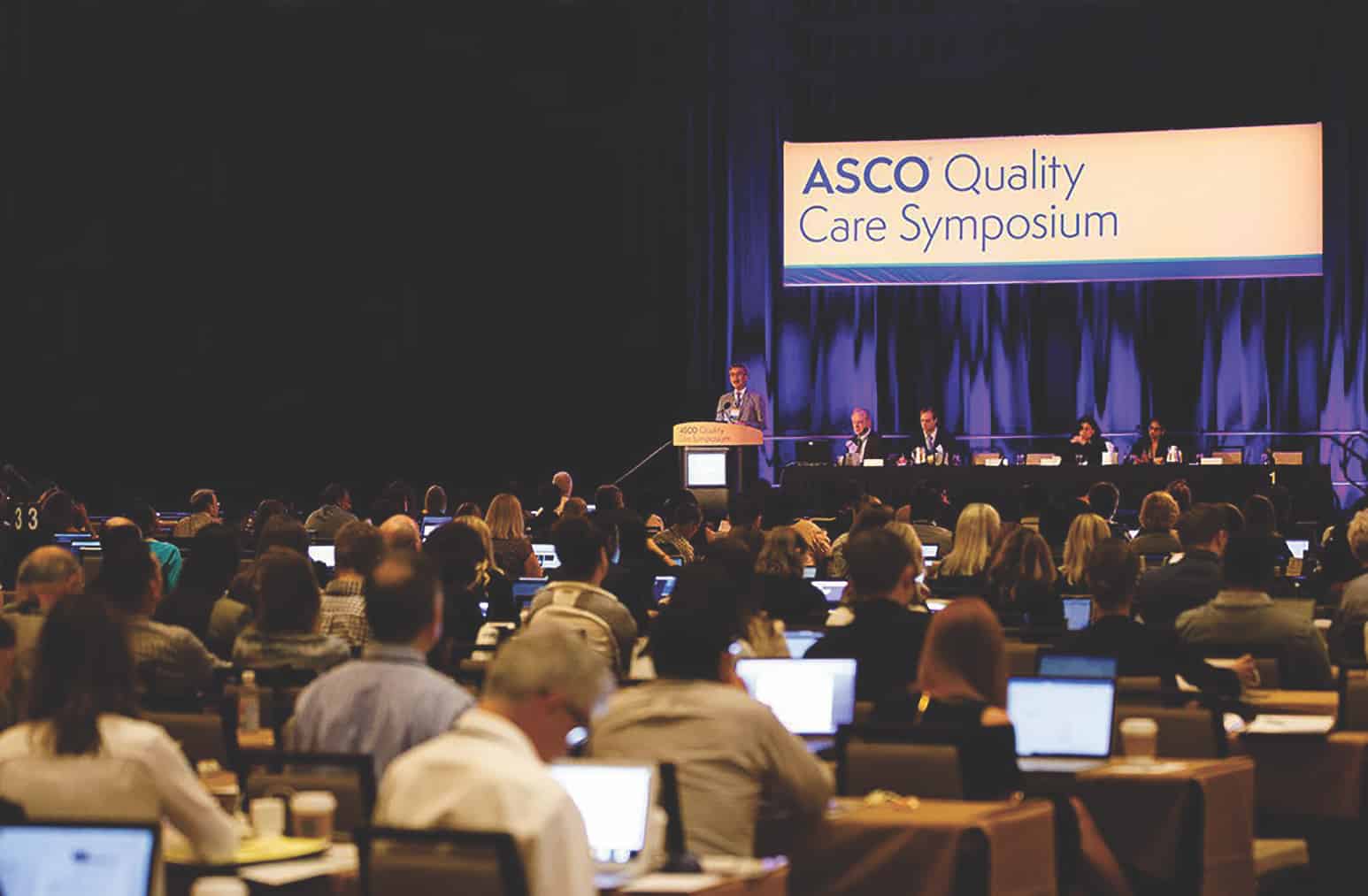
Access to healthcare, including affordable medicines, remains a top concern across the US.
As we advance solutions, new data released at the American Society of Clinical Oncology (ASCO) Quality Care Symposium supports biosimilars as lower-cost, effective treatment options.
In recent years, complex biologic medicines have changed the way we respond to and treat some of the most challenging diseases, including cancer. However, biologics are often challenging to develop and costly to produce.
In 2019, four of the top five prescription expenditures in the US were biologics and accounted for approximately $46 billion in expenditures. As the US population continues to age and face rising rates of chronic disease, these medicines will become more commonplace and the associated costs will likely continue to rise.
Biosimilars – FDA-approved treatments that match their reference medicine in terms of quality, safety and efficacy – have an important role in creating sustainability for overburdened health systems through increased competition.
As more biosimilars enter the US market, patients treated with biologic medicines will have access to a broader set of more affordable treatment options. An estimated 1.2 million US patients could gain access to biologics by 2025 as the result of increasing biosimilar availability.
High cost biologics can impact patient access
To better understand the relationship among biologics, biosimilars and patient access, the field of oncology offers an example of how the cost of care can impact treatment decisions, specifically when it comes to the supportive care agents such as the myeloid growth factors Zarxio (filgrastim- sndz) and Neupogen (filgrastim).
After receiving chemotherapy, some patients may experience neutropenia, a temporary reduction in their white blood cell counts as a result of myelosuppressive chemotherapy. If a patient with neutropenia develops a fever greater than 100.3oF/37.9oC, this is febrile neutropenia (FN) which is considered a medical emergency, as it can indicate a life-threatening infection.
Accordingly, treating febrile neutropenia requires more costly interventions, which may include hospitalisation and the use of intravenous antibiotics. Still, these patients are at a significant risk; based on a retrospective analysis of hospital discharge data, the inpatient case fatality rate associated with febrile neutropenia within breast cancer patients was 5.6%. The fatality rate was higher for patients with lung cancer and non-Hodgkin Lymphoma, at 15.7% and 9.4%, respectively.
Myeloid growth factors such as Zarxio and Neupogen are FDA-approved to prevent febrile neutropenia, and the National Comprehensive Cancer Network (NCCN) provides primary and secondary prophylaxis strategies.
In primary prophylaxis, patients are administered a myeloid growth factor with the first cycle of chemotherapy to prevent FN. Secondary prophylaxis is a ‘watch and wait’ approach, where prophylaxis is given only after a patient develops FN or a significant neutropenic event after a previous cycle.
With primary prophylaxis, more episodes of FN are prevented compared to secondary prophylaxis. Thus, health systems experience fewer hospitalisations, less need for IV antibiotics and fewer costs associated with these interventions. Further, patients can maintain a timely chemotherapy regimen, preventing potentially harmful delays in administration.
However, this is associated with more drug-related costs in the form of providing myeloid growth factors to more patients and within earlier cycles of their chemotherapy. When a patient receives a chemotherapy regimen at high risk (≥20% risk of FN), then the costs associated with myeloid growth factor prophylaxis is offset by reductions in the costs of hospitalisation and treatment of FN.
When patients receive an intermediate-risk regimen (10-20% risk of FN), the secondary prophylaxis strategy is commonly employed due to the traditionally high cost of myeloid growth factors.
Biosimilars could offer a solution
Data presented at the ASCO Quality Care Symposium expands the pool of evidence demonstrating biosimilars as lower-cost, effective treatment options for life-changing medicines, such as G-CSF.
The study, conducted by Sandoz, shows that using biosimilar Zarxio (filgrastim- sndz) as primary prophylaxis after the first cycle of adjuvant docetaxel chemotherapy (an intermediate-risk regimen) in the treatment of early stage breast cancer is cost-effective based on a willingness to pay (WTP) threshold of $50,000 per quality adjusted life year (QALY).
Due to the lower cost of myeloid growth factors after the introduction of biosimilars, the incrementally higher costs of providing primary prophylaxis vs secondary prophylaxis using Zarxio in patients receiving intermediate-risk regimens now falls under the threshold of what society would deem to be worth the outcomes of reduced FN events, reduced mortality and increased quality of life.
These findings align with the recent NCCN recommendations for FN prevention, which have expanded to those receiving intermediate-risk regimens (in addition to those at high risk) as a response to the potential higher risk of COVID-19 complications among cancer patients.
It also builds on previous studies demonstrating the cost-effectiveness of Zarxio as primary prophylaxis within patients with lung cancer and lymphoma who are also receiving intermediate-risk regimens.
Ongoing support for biosimilars is imperative
Biosimilars are typically discounted by 20-40% from the price of a reference biologic prior to biosimilar market entry and, in turn, have the potential to reduce average patient out-of-pocket costs by 17%.
This can help expand options for chronically ill patients and allow greater use of biologic medicines by providing more affordable access to individuals who, in the past, have either forgone treatment or settled for less effective medicines.
As the ASCO data demonstrates, and with the trend of increased spending on specialty medicines expected to grow, biosimilars play an important role in offering significant savings, providing some relief to the overburdened healthcare system.
We must continue to support a clinical, legal, regulatory and market environment that helps realise the full access and savings potential that biosimilar medicines can provide.




